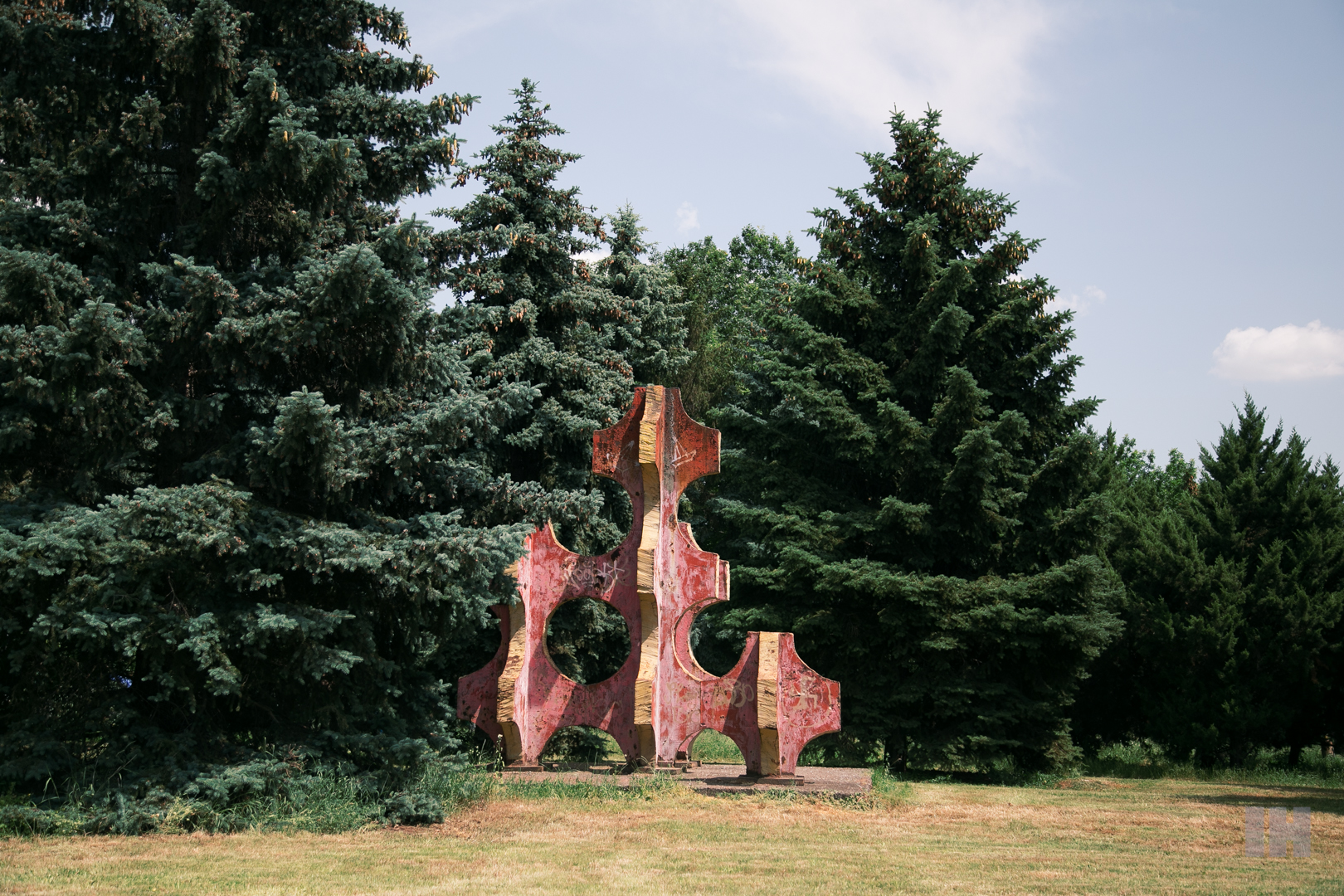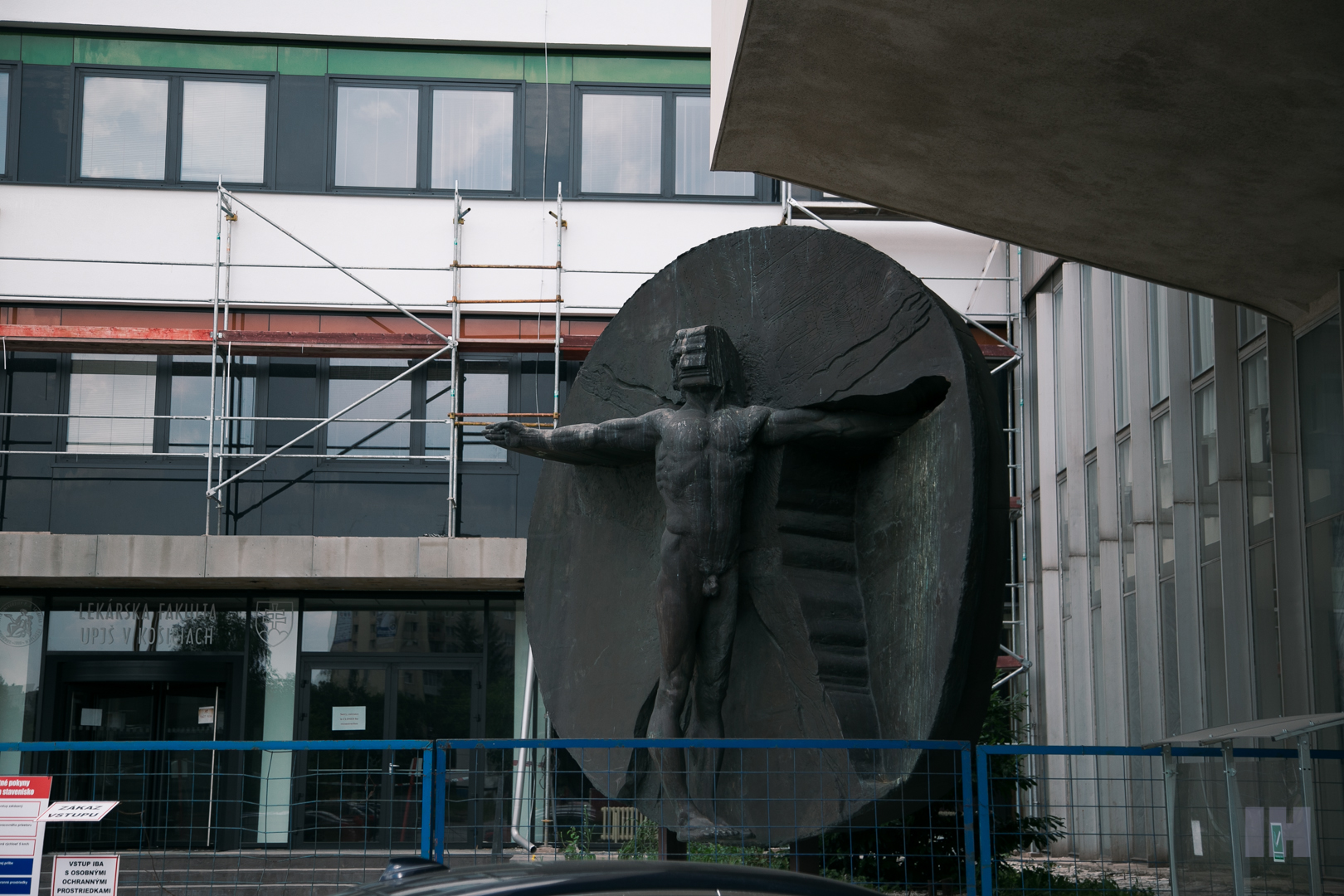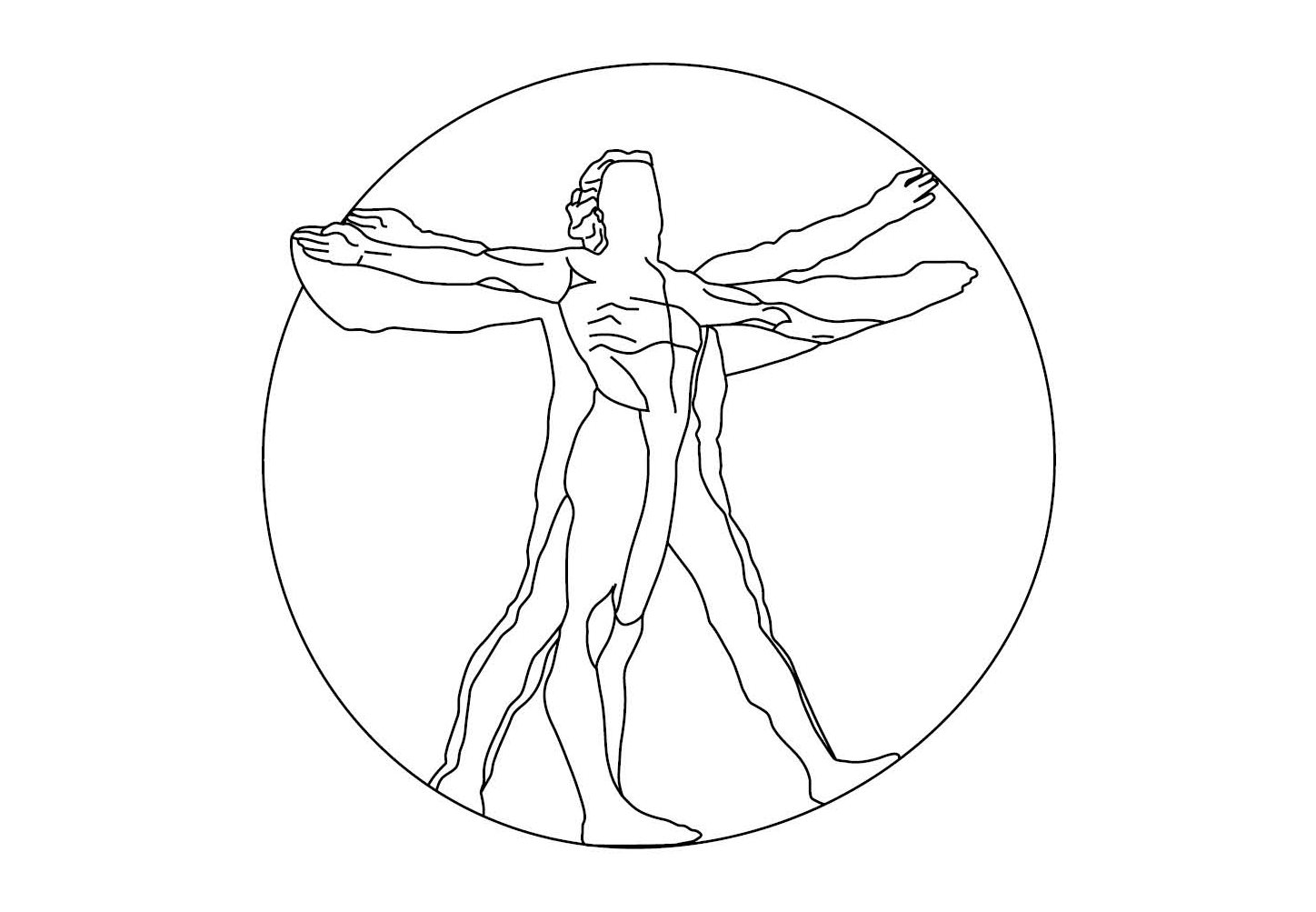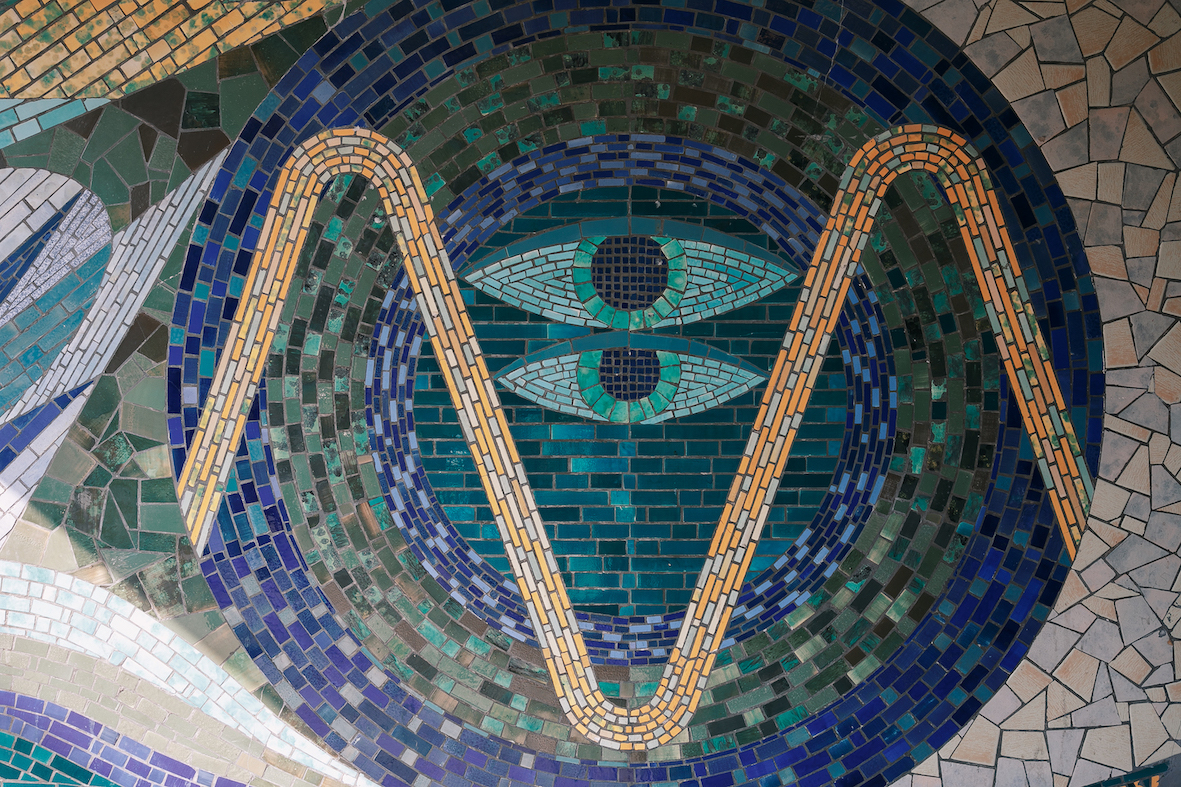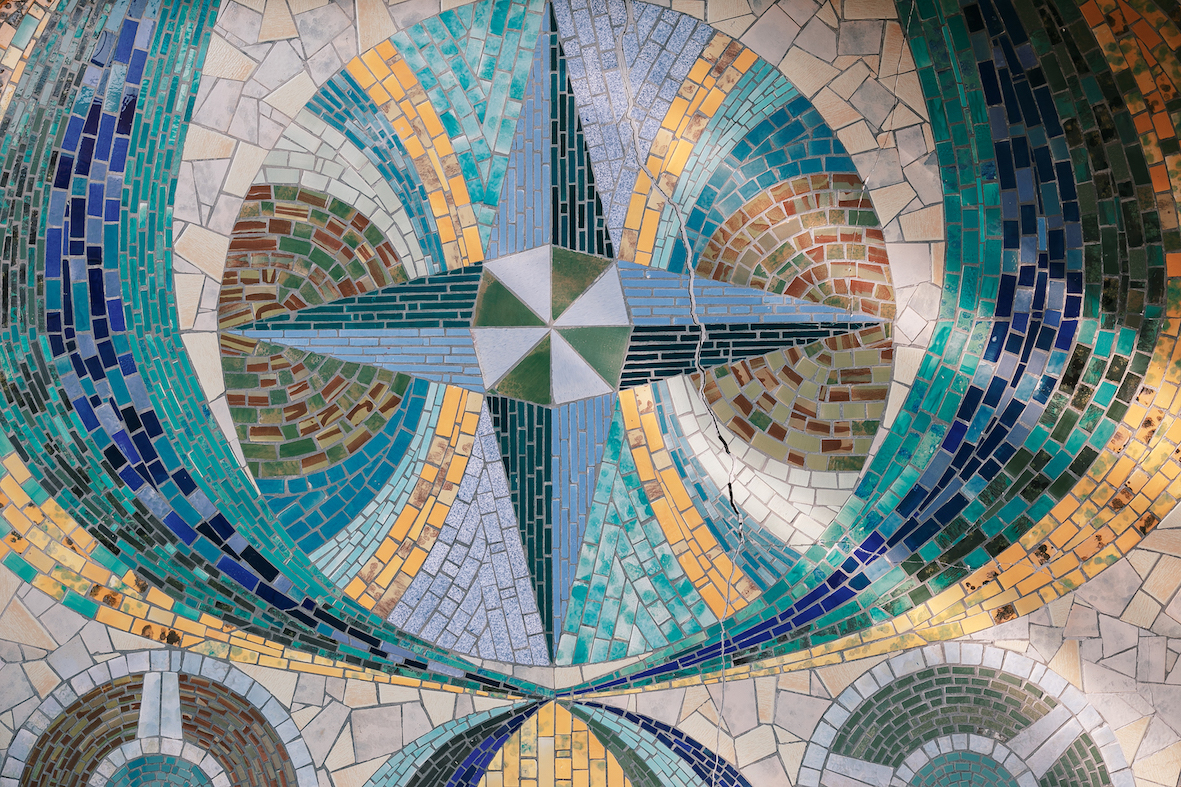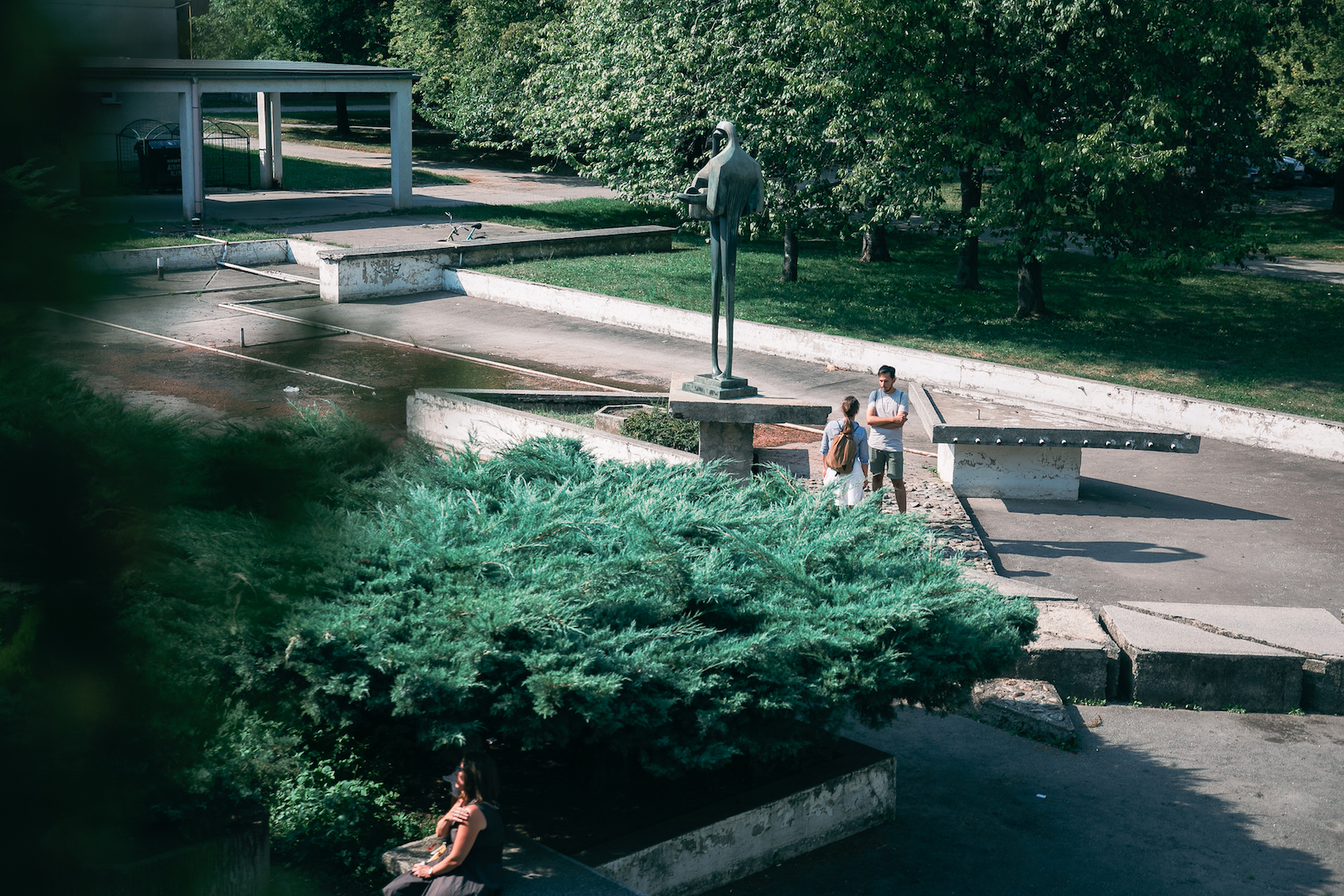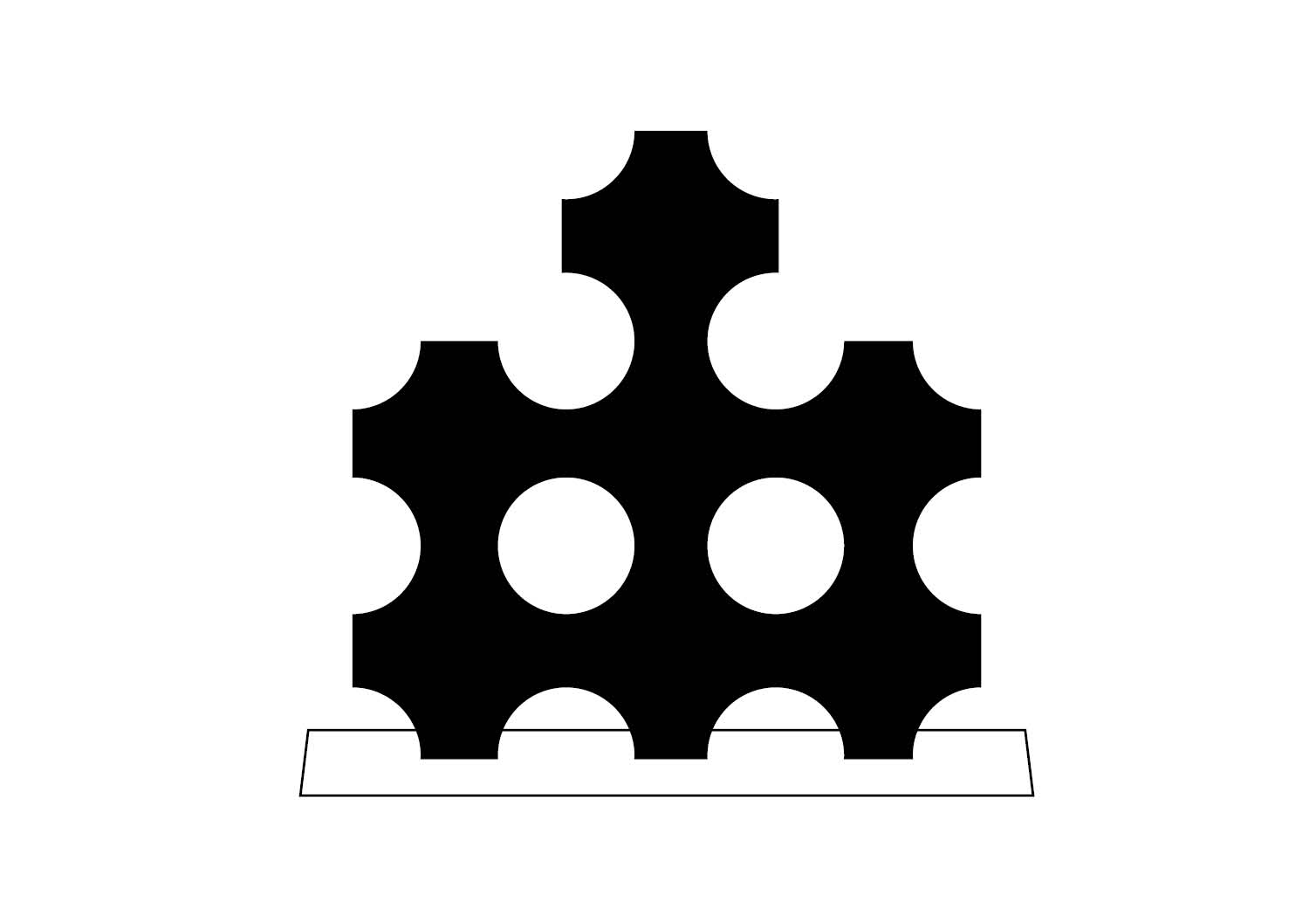Free tour of sculptures & mosaics in Košice. Part 3 – Terasa 1/2
Do you miss visiting galleries and museums? Go for a stroll around Košice neighborhoods, where you may observe works of Slovak sculptors who have left their mark (not only) in this city. In this third sequel of the Free tour of sculptures & mosaics in Košice, we briefly present individual artists’ work and life, whose sculptures we walk by each day. Take a tour at any time; the statues are in a public space, available all year round. Use the illustrated guide Atlas sôch (you’ll get it in Artforum Košice) to help you navigate the city and its suburbs.
Juraj Bartusz (1933 – )
Juraj Bartusz was born on October 23, 1933, in the village Kamenín, marked by the fiercest battles of World War II. Juraj later studied at the Academy of Arts, Architecture, and Design in Prague (1954 – 1958) and at the Academy of Fine Arts (1958 – 1961) and later became an academic sculptor. After graduating, Juraj married his classmate Maria Vnoučková – Maria Bartuszová, whose works have recently been posthumously admitted to Tate Gallery. The couple moved from their native Kamenín to Košice, and Juraj worked in East Slovak Ironworks. He later worked as a freelance artist.
Juraj Bartusz was the first professor with an academic degree to establish the Faculty of Arts at the Technical University in Košice. He led the Studio of Free Creativity at the Bratislava VŠVU, was a member of the Club of Concrete Artists or the Society of Hungarian Artists in Czechoslovakia. His works are exhibited in the Prague National Gallery, the East Slovak Gallery in Košice, and the Slovak National Gallery in Bratislava. According to Leonardo da Vinci (1983), find his Anatomical model in a majestic size in front of the UPJŠ Faculty of Medicine next to the New Hospital.
Herta Ondrušová-Victorinová (1912 – 1999)
A ceramist Herta Ondrušová-Victorinová is undoubtedly responsible for one of the most beautiful forms of beautification of public space in Košice. German origin, Czech and Polish studies, Prague modernism of the 1930s, anti-fascist enthusiasm, escape to Košice and her second, “mosaic” marriage to Karol Ondruš. Both partners loved and shared the eagerness to cover Košice suburbia with large-scaled mosaics: small, playful, hand-made patterns from a wide range of colors and shapes. Herta even earned a witty nickname thanks to her work – “mosaic lady.”
There are several mosaics by this artist scattered across the Terasa neighborhood. Close to OC Galéria, and you’ll find an epic mosaic covering the entire outer wall of the building. Order a coffee at Caffè Trieste and stare into the cracks of this work of art without a blink.
Ján Mathé (1922 – 2012)
A native of Košice and one of the most represented artists on the grounds of Košice neighborhoods. Ján Mathé devoted most of his life to abstract form, gradually emerging in his own conception thanks to a realistic statue’s studies. His statues express motives, and they do not describe them. The basic pillar of Mathé’s oeuvre is the theme of life – the celebration of being, self-pondering, progeny, family. You may find tens of Mathé’s sculptures situated in the public space of the city.
Zuzkin park hosts several of Mathé’s works. Find one quite exception statue in the middle of the fountain – Three IV. (Standing family IV.) from 1967. Another, Movement IV., is located near Bernolákova and Idanská. Time and the careless care of the surroundings near the object marked the art piece so much that its current form is now very far from its original design. However, the revitalization requires a responsible approach and understanding of the human relationship to artistic interventions in public space.
Read: World-class artist – the life of a sculpture legend Ján Mathé from Košice
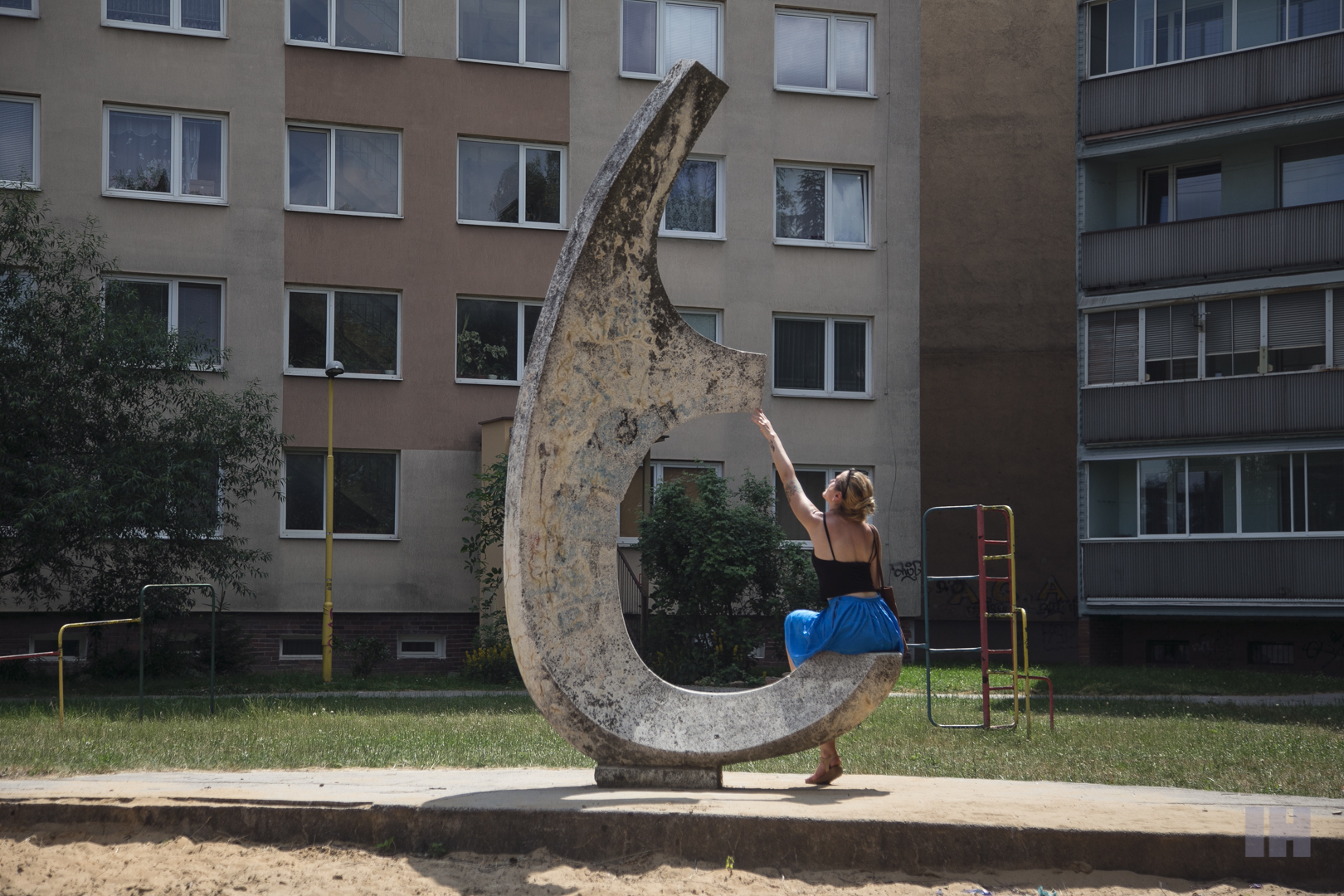
Štefan Belohradský (1930 – 2012)
Štefan Belohradský came from the village of Preseľany in the district of Topoľčany, and he studied at the Academy of Fine Arts in Bratislava in the 1950s. He was an artist and an architect and was a member of the Club of Concrete Artists, similar to Juraj Bartusz. He is the author of the tombstone of Jozef Gregor Tajovský in his native village Tajov. He exhibited his works in Tehran, Turin, Paris, Osaka.
The artwork of Belohradský in Košice is located near the Kino Družba tram stop. Few locals know that the object is actually a tribute to the St. Elisabeth’s Cathedral, which popped up in Belohradský’s head during the Symposium in the summer of 1970. The sculpture consists of 8 parts of individual metal parts, weighing 4.5 tons, which means 34 tons together. During the ’70s, this geometric sculpture was supposed to evoke the illusion of at least some church in the new neighborhood built for metallurgists from the East Slovak Ironworks. Since last year, it has been freshly re-painted with dazzling red color.
